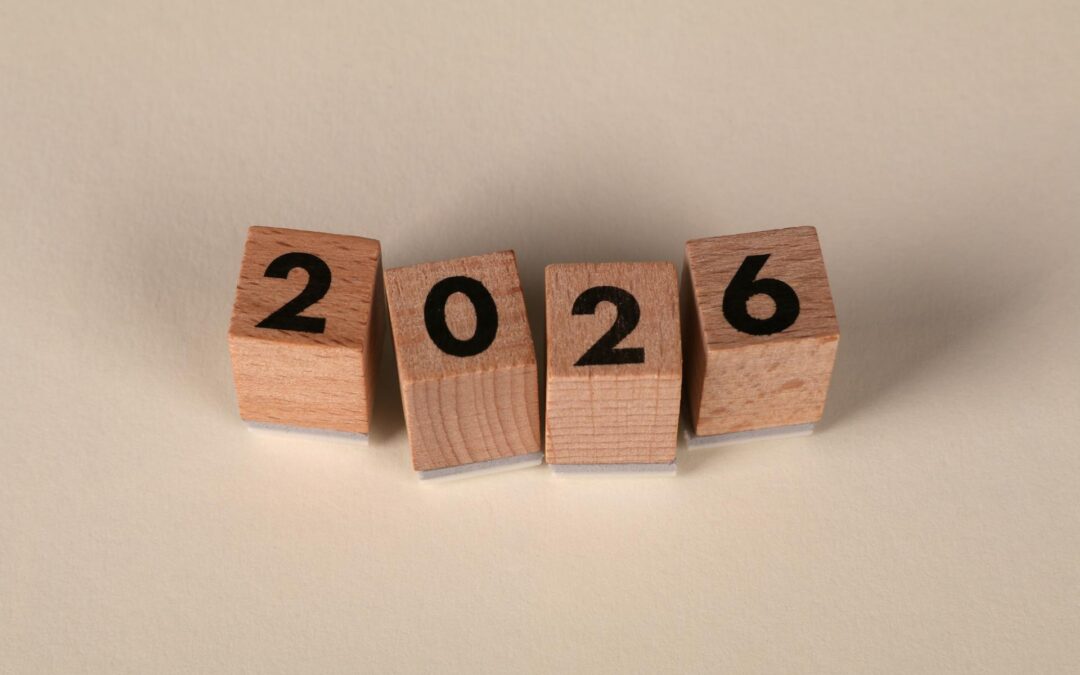Hop on the forums, and you’ll probably find more than a few strong opinions on what’s coming for audio and video tech in the year to come. There’s plenty of talk about new codecs and standards, many of which are coming with significant performance upgrade claims.
Plus, you can’t find anything that isn’t AI-powered or AI-native now. So what should you be watching for in audio and digital in 2026? There are a lot of trends on the horizon, so let’s break down five that may make a difference in 2026.
1. The Codec Wars Heat Up – AV1 vs. VVC (H.266)
Of all the trends, we’re likely to see AV1 hit its stride in 2026. The open-source codec backed by tech giants like YouTube and Netflix, AVI is finally reaching mainstream devices and becoming increasingly practical for everyday use.
A big reason it may grow in 2026? It’s royalty-free, which means content platforms can adopt it without dealing with licensing headaches. But AV1 isn’t the only heavyweight in the ring. VVC (Versatile Video Coding) may represent the next leap in compression tech.
Also referred to as H.266, VCC’s early testing has shown it can deliver 30-50% smaller file sizes than HEVC (H.265) and maintain quality, which is key for 4K and HDR content. The big idea here? 2026 continues the push for codecs that deliver on smaller file sizes and faster streaming.
2. AI-Powered Conversion Is Going Mainstream
You knew we had to have a trend related to AI. But one trend that’s caught our attention is the growth and shift toward AI-powered media processing.
2026 will likely see cloud-based transcoding services handling all different tasks, from simple format changes to more complex processes such as upscaling, noise reduction, etc.
The most impressive aspect of AI enhancement features is that they work behind the scenes in real-time. This means you’ll see improvements in video quality as the files convert. Batch processing that once took hours overnight can be done in a fraction of the time.
We could see this lead to a more democratization of professional-grade tools, which makes them much more accessible for smaller creators.
3. 2026 Could See A “Great Format Consolidation”
Another trend in 2026 is the widening gap in format choices. There are some clear winners who are already gaining speed, and a few losers who will likely fade into obscurity as the year goes on.
We’ll likely see MP4 still reigning supreme for universal compatibility and web distribution, but WebM is gaining ground fast, especially for HTML5 streaming. MOV is still dominating professional workflows (especially for Apple ecosystems reliant on ProRes support).
The losers? Look for legacy formats to start fading faster. AVI, WMV, and 3GP will likely fall to the wayside, especially as support for these older container formats declines.
This means we’re likely to see a push toward open standards accelerate in 2026. You’ll want to make sure your content is future-proof by migrating away from legacy formats quickly.
4. Lossless Audio is Staging a Comeback
If you’ve opened Spotify recently, you may have noticed its push toward lossless audio. Premium subscribers can now opt for 24-bit/44.1 kHz FLAC audio over the traditional format.
Sure, video formats often grab the headlines, but audio is accelerating just as fast. AAC may still dominate for efficiency, but as storage becomes cheaper and bandwidth more abundant, the gap between lossy and lossless looks to close.
High-res audio codecs are emerging more often for premium content, and companies are using the chance to upgrade to lossless audio as a quick upsell.
Time will still tell if people notice the difference enough to pay for an upgrade, but with hard drive and cloud storage costs going down, it’s not surprising to see it become a more common audio offering.
5. Machine Learning + Live Transcoding = Real-Time Streaming Optimization
Streaming is likely to still reign in 2026, and the technology that allows for faster, better streaming quality is getting smarter.
Adaptive bitrate streaming is now using machine learning to better predict network conditions and adjust the quality proactively rather than re-actively.
Plus, automated format selection can now choose the optimal codec and container based on the end user’s device, as well as their browser and connection speed, all behind the scenes.
2026 is also seeing live transcoding upgraded. What used to be a resource-intensive process is faster and easier thanks to AI, and platforms can now convert and deliver content in multiple formats simultaneously.
We’re already seeing social platforms drive much of this, pushing mobile-first standards with optimized vertical video codecs designed for smartphones.
2026 Looks Exciting for Audio and Video – So Don’t Fall Behind
It seems we’re always saying that “next year will be a turning point in digital media!” But the reality is that the revolutionary moments are happening faster and faster. What’s noteworthy at the start of the year could be old news by the summer.
So, the big takeaway? The workflows you choose today will determine whether or not your content is accessible and relevant tomorrow. So start now, audit your current format strategy.
Take the time to test your conversion tools with AI capabilities, and start the shift toward supported standards like MP4, WebM, and AV1.

